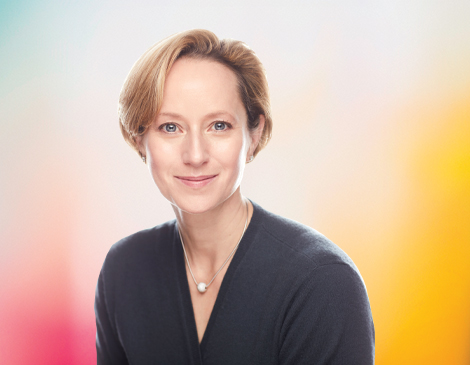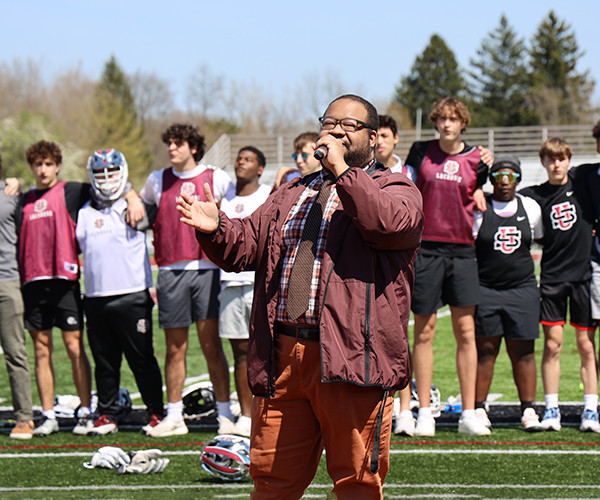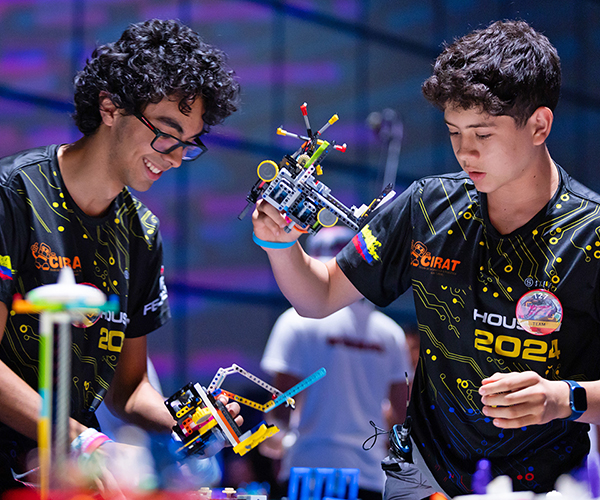Cleveland’s kids are struggling. Since the arrival of COVID-19, the things that give structure to life — school, family, community — have all been disrupted. A March Brookings Institution study found that math and reading test scores, as well as school attendance, had fallen across the country. And in places like Cleveland the achievement gap between low- and high-poverty districts had grown by a whopping 20% in math and 15% in reading. At the same time, a study by the Centers for Disease Control and Prevention found a worrying spike in emergency room visits for potential suicides among children ages 12 to 17.
We talked with Dr. Lisa Damour, the renowned local psychologist, author of two New York Times bestselling books (with a new one on the way next year) and executive director of Laurel School’s Center for Research on Girls, about how to, hopefully, make this a summer of recovery.
Q. How has the pandemic affected kids?
A. The pandemic has derailed the activities that are associated with normal healthy development, like being with a variety of people and engaging in a variety of activities. That’s had a twofold effect. They’ve missed a lot of the normal aspects of childhood and adolescence that promote forward development, and they’ve been very sad and upset about it. We’ve seen rising rates of depression and anxiety, and sadness and worry.
Q. What about parents?
A. Parents have suffered tremendously, too, and it’s very hard for kids to out-function their parents. So you have this horrible set of events where kids are suffering in their own right and being carried by people who are also suffering.
Q. How does the feeling that the pandemic keeps dragging on affect young people?
A. If these same conditions had only lasted five weeks, we’d be having one conversation. But the conditions that families have been under have lasted for two-plus years. Two years in the life of a child or a teenager is a huge percentage of time. It’s going to make a mark. The nature of that mark comes down to how many resources that particular child has at their disposal. This is one of those situations where the rich get richer and the poor get poorer, in terms of psychological resources.
Q. What kind of resources do kids need?
A. In decades of studying, what helps children thrive comes down to two things, warmth and structure: feeling loved and cared for, and feeling like the world is a predictable place. We have thousands of studies, but if you throw them all in a machine and try to drop out a major finding, that’s what kids need. They can get it from lots of places. It can be a parent, but it doesn’t have to be.
Q. What does the ideal summer of recovery look like?
A. My ideal summer for kids would be to have as many novel experiences as possible, get exposure to a lot of what they may have missed. Being with a variety of loving adults, engaging in activities. That promotes growth. It feels like the pandemic took their world and turned it black and white. What kids need is color.
Q. What can parents do to support their children’s recovery this summer?
A. The role of parents is to urge kids back into the world. Avoidance feeds anxiety, and the longer we avoid something the more anxious we become about it. Kids are very anxious right now. They’re anxious about socializing, about trying new things. And parents are anxious about letting their kids do those things. But this summer is going to be one of urging kids back into the world and, if necessary, helping them take baby steps as they wade back in.
Q. Given the possibility of a new variant, is a “summer of recovery” worth the risk?
A. I think we’ve got to risk it. Because the alternative is just hunkering down and developmentally that’s not an option. These are two terrible options, but one is worse than the other. Right now, we need to make hay while the sun shines. Kids need to be out having novel experiences at every possible safe moment.




